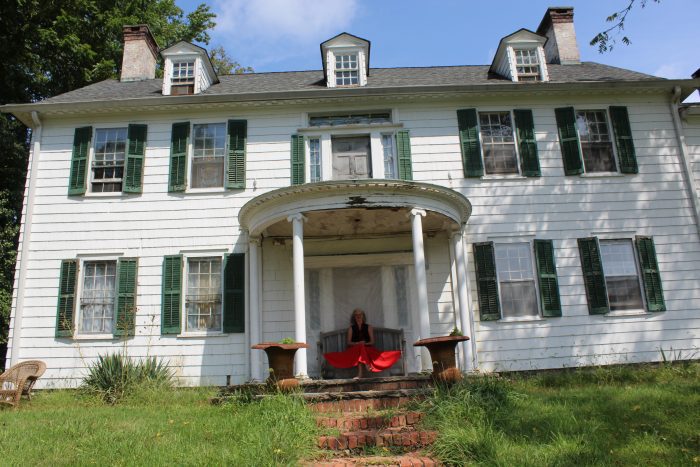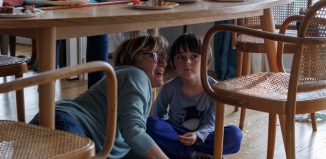Editorial: Forging futures from fading facades
The global pandemic has cast a long shadow, obscuring the charm and dimming the collective spirit of our communities. Yet, within the confines lies a treasure trove of stories, traditions and a unique character that deserves not just protection but revival. Investing in community revitalization isn’t merely a budgetary line item but a strategic investment in the soul of the community.
The Suffolk County JumpSMART program is not a charity but a catalyst. The grants provided through the American Rescue Plan Act will inject much-needed resources into neighborhoods that may have been overlooked or bypassed by progress. This translates into restored facades, rejuvenated public spaces and the return of thriving businesses, but the true transformation lies deeper. It’s the rekindled pride in local heritage, the buzz of opportunity replacing the din of despair and the emergence of resilient communities.
We often see deterioration and neglect of history and community within our coverage area such as across Thatch Meadow Farm in St. James, according to Preservation Long Island’s recent declaration of several of the island’s historical landmarks to be endangered and in need of careful and conscientious TLC. Once again, Flowerfield Fairgrounds — also in St. James — is another community staple faced with the danger of being lost to development.
Preserving historic sites and buildings isn’t about mere nostalgia but reclaiming a collective narrative, each restored landmark inspires tales of resilience and the paths of those who came before us. In revitalized communities, stories aren’t confined to dusty archives but instead sung in bustling marketplaces and etched in the smiles of returning residents. These revitalized landscapes will aid in the preservation of our cultural tapestry for future generations to explore and embrace.
Beyond the historical benefits, revitalization ignites economic engines, with improved infrastructure and a flourishing atmosphere, businesses return, drawing investment and creating jobs. Local talents find fertile ground for innovation, generating entrepreneurship and injecting newfound vitality into the economy.
History isn’t something inherited, it’s something actively cultivated. Investing in community revitalization isn’t just about bricks and mortar but investing in a brighter future. It’s about revitalizing fading facades, restoring historic buildings and artifacts — and cultivating communities. We urge our readers to write us letters in support of the movement, as these actions are worthy goals in the coming year.







